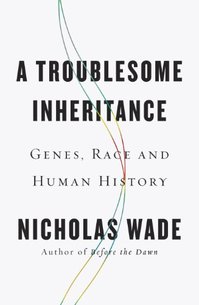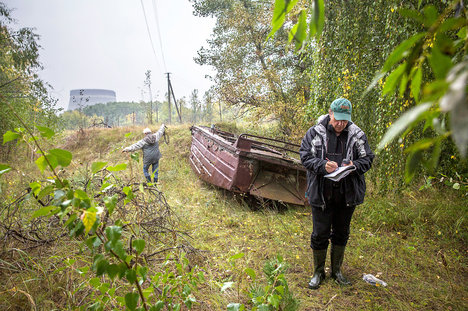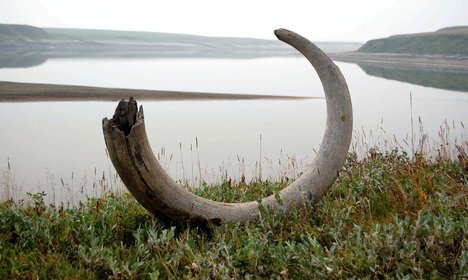(p. A4) One morning in July 2011, while exploring arid badlands near the western shore of Lake Turkana in Kenya, a team of archaeologists took a wrong turn and made a big discovery about early human technology: Our hominin ancestors were making stone tools 3.3 million years ago, some 700,000 years earlier than previously thought.
The findings promise to extend knowledge of the first toolmakers even deeper in time, probably before the emergence of the genus Homo, once considered the first to gain an evolutionary edge through stone technology.
. . .
The stones showed that at least some ancient hominins — the group that includes humans and their extinct ancestors — had started intentionally knapping stones, breaking off pieces with quick, hard strikes from another stone to make sharp tools sooner than other findings suggested.
After further field research and laboratory analysis, the findings at the site known as Lomekwi 3 were described Wednesday in the journal Nature.
. . .
In a commentary in the journal, Erella Hovers, an archaeologist at the Hebrew University of Jerusalem, wrote that some form of toolmaking may have extended back to the last common ancestor of chimpanzees and hominins, as much as seven million years ago.
Dr. Hovers and other scientists not involved in the new research said that the dating of the material appeared solid and that the objects were deliberately produced tools, not scraps of rock broken by accident or natural causes.
“Because the sediments in these layers are fine-grained, and a flake found by the authors could be fitted back onto the core from which it had been detached,” Dr. Hovers said, “it is unlikely that the tools accumulated through stream activity or that substantial disturbance of the sediments occurred after the tools had been discarded.”
For the full story, see:
JOHN NOBLE WILFORD. “Stone Tools From Kenya Are Oldest Yet Discovered.” The New York Times (Thurs., May 21, 2015): A4.
(Note: ellipses added.)
(Note: the date of the online version of the story is MAY 20, 2015.)




